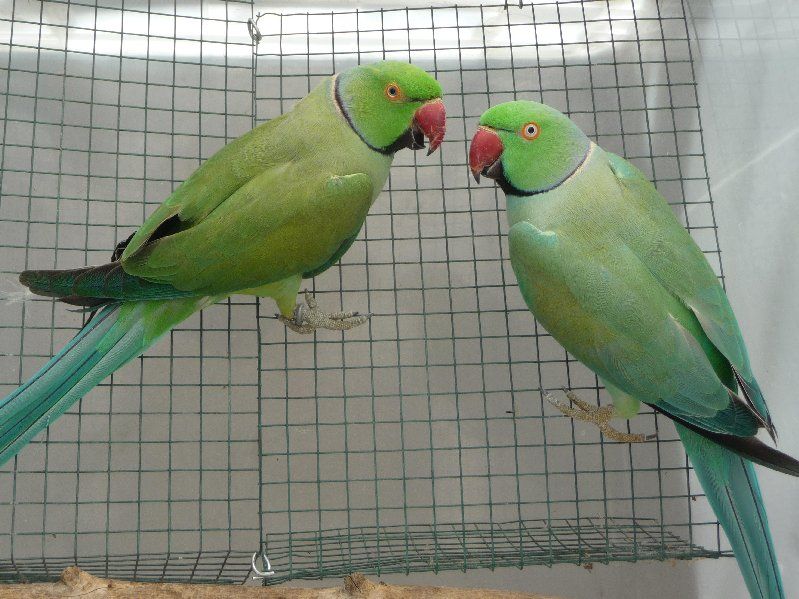Breeders are mad people ready to spend money to get a unique mutation but also to prove/disprove theories ... so I am quite confident. Emerald seems to be unique to IRN and his very close cusin Alex, so it does not exist in other species. I would not take any conclusions before analysing the phenotype of the non blue split Emerald (specially when other mutations are included in its genetic make up) and, since we all know that parblues blend in Emerald birds, Mike's results must be revisited (what if the parent was an Emerald df Turquoise? ... you would only get 2 possible phenotypes like he has gotten)Hi Recio,
Whoever has a df Emerald i highly doubt will do this pairing. We're talking price of a car here to prove something IMO has been proven from other species to this season's split emerald and Mike's results.
Could you please run through & let's develop by pretending we've done the pairing
df or DF Emerald X Wildtype
We can assume we're going to have either of the 2 results
1. green/emerald
or
2. 100% emerald green birds
Could you develop what that proves for either case?
You have already done it : if Emerald is parblue then 100% offspring phenotype will be wild Green. If Emerald is an incomplete dominant mutation, then 100% Offspring will be Green Emerald.
?Neither result will prove anything re your reasoning: "SL-ino and Cinnamon combos".
so not exactly Golden.
It would be great to get another reason to say that it is not sufficient. It would mean that we have learnt a lot more about our bird's genetics, and, to me, learning is the real goal of these discusions.It'd be pointelss waiting 5-7 years till this is done only to come up with another reason why it's not sufficient.
Regards
Recio
